Description
Know Benefits of Pea protein for sale in cattle feed. Learn how it enhances growth, improves milk production, and offers a alternative to protein sources.
Pea protein for sale
Pea Protein: A Promising and Sustainable Feed Source for Cattle
In the ever-evolving world of livestock farming, finding sustainable and cost-effective feed sources is paramount. As the demand for beef and dairy products continues to rise, researchers and farmers are increasingly exploring alternatives to traditional protein sources like soybean meal. One such promising alternative is pea protein, derived from field peas.
While peas have long been used as a component of livestock diets, advancements in processing and understanding of nutritional requirements have highlighted the potential of concentrated pea protein as a valuable feedstuff for cattle.
Why Pea Protein for Cattle?
Several factors are driving the growing interest in pea protein as a feed ingredient for cattle:
- High Protein Content: Pea protein concentrates can contain upwards of 50-80% protein, making them a viable alternative to soybean meal in meeting the protein requirements of cattle. This is crucial for growth, milk production, and overall animal health.
- Essential Amino Acid Profile: Peas contain a good balance of essential amino acids, the building blocks of protein that animals cannot synthesize themselves. While they may be slightly deficient in methionine and cystine compared to soybean meal, this can be addressed through strategic diet formulation.
- Sustainable and Locally Sourced: Peas are a leguminous crop capable of fixing nitrogen from the atmosphere, reducing the need for synthetic nitrogen fertilizers. This makes pea protein a more environmentally friendly option compared to nitrogen-intensive crops like corn and soybeans. Furthermore, in regions where peas are locally grown, sourcing pea protein can reduce transportation costs and support local agriculture.
- Digestion and Palatability: Studies have shown that pea protein is generally well-digested by cattle. Proper processing techniques, such as micronization or extrusion, can further improve digestibility and palatability, ensuring optimal nutrient absorption and feed intake.
- Reduced Allergenicity: Compared to soybean meal, pea protein is generally considered to be less allergenic, potentially benefiting cattle with sensitivities to soy-based feeds.
Pea protein for sale
Research and Practical Applications:
Research into the use of pea protein in cattle diets is ongoing, with promising results. Studies have demonstrated that pea protein can effectively replace a portion of soybean meal in rations for:
- Beef Cattle: Supplementation with pea protein can support efficient growth and muscle development in beef cattle, leading to improved carcass characteristics.
- Dairy Cattle: Pea protein can contribute to increased milk production and milk protein content in dairy cows, without negatively impacting milk quality or animal health.
Challenges and Considerations:
While pea protein offers significant potential, there are some challenges and considerations to keep in mind:
- Cost Competitiveness: The price of pea protein can fluctuate depending on factors like market demand, processing costs, and availability. It is essential to carefully evaluate the cost-effectiveness of pea protein compared to other protein sources.
- Anti-nutritional Factors: Raw peas contain anti-nutritional factors, such as trypsin inhibitors, that can hinder protein digestion. However, proper processing methods effectively deactivate these factors, ensuring the nutritional value of pea protein.
- Diet Formulation: Due to potential amino acid imbalances compared to soybean meal, careful diet formulation is crucial to ensure that cattle receive all the necessary nutrients for optimal health and performance.
- Processing Techniques: Different processing methods can impact the digestibility and palatability of pea protein. Selecting the appropriate processing technique is important to maximize its nutritional benefits.
The Future of Pea Protein in Cattle Feed:
As the world grapples with the need for sustainable and resilient food systems, pea protein is poised to play an increasingly important role in cattle feeding. Continued research, advancements in processing technologies, and increasing consumer demand for sustainably produced meat and dairy products will likely drive further adoption of pea protein as a valuable and environmentally responsible feed ingredient.
In conclusion, pea protein offers a compelling alternative to traditional protein sources for cattle, providing a sustainable, nutritious, and potentially cost-effective option for livestock farmers seeking to optimize animal health, productivity, and environmental stewardship.
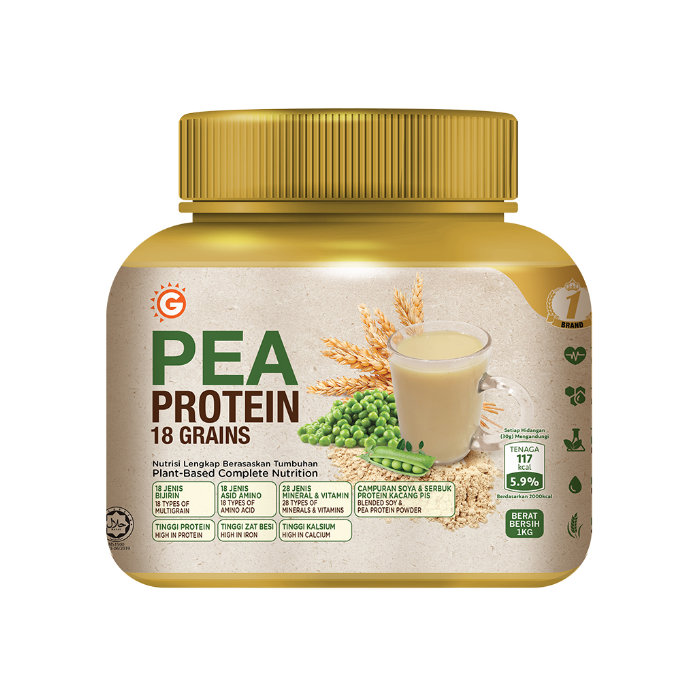
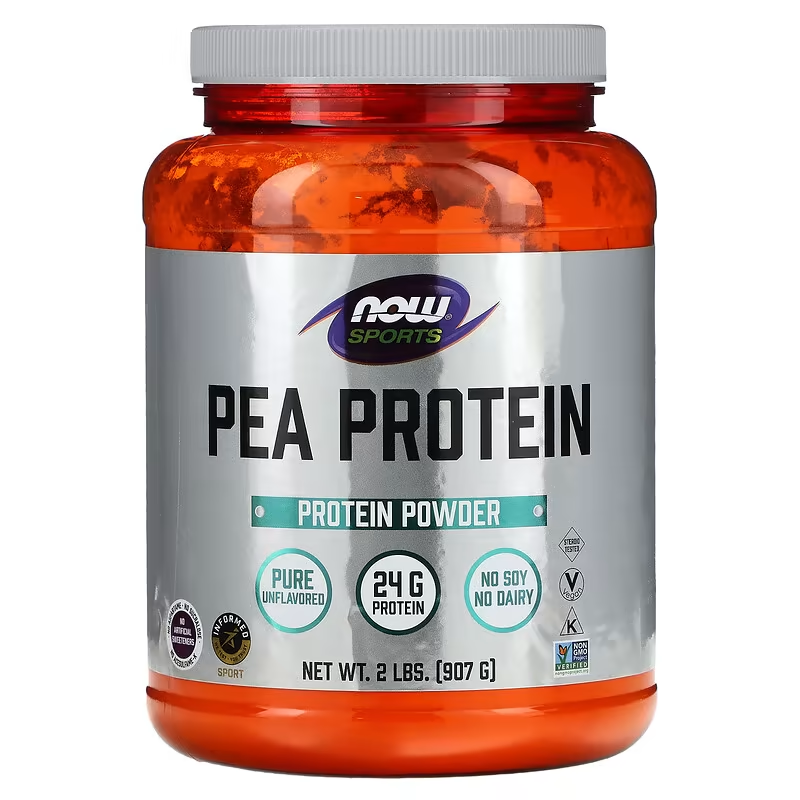
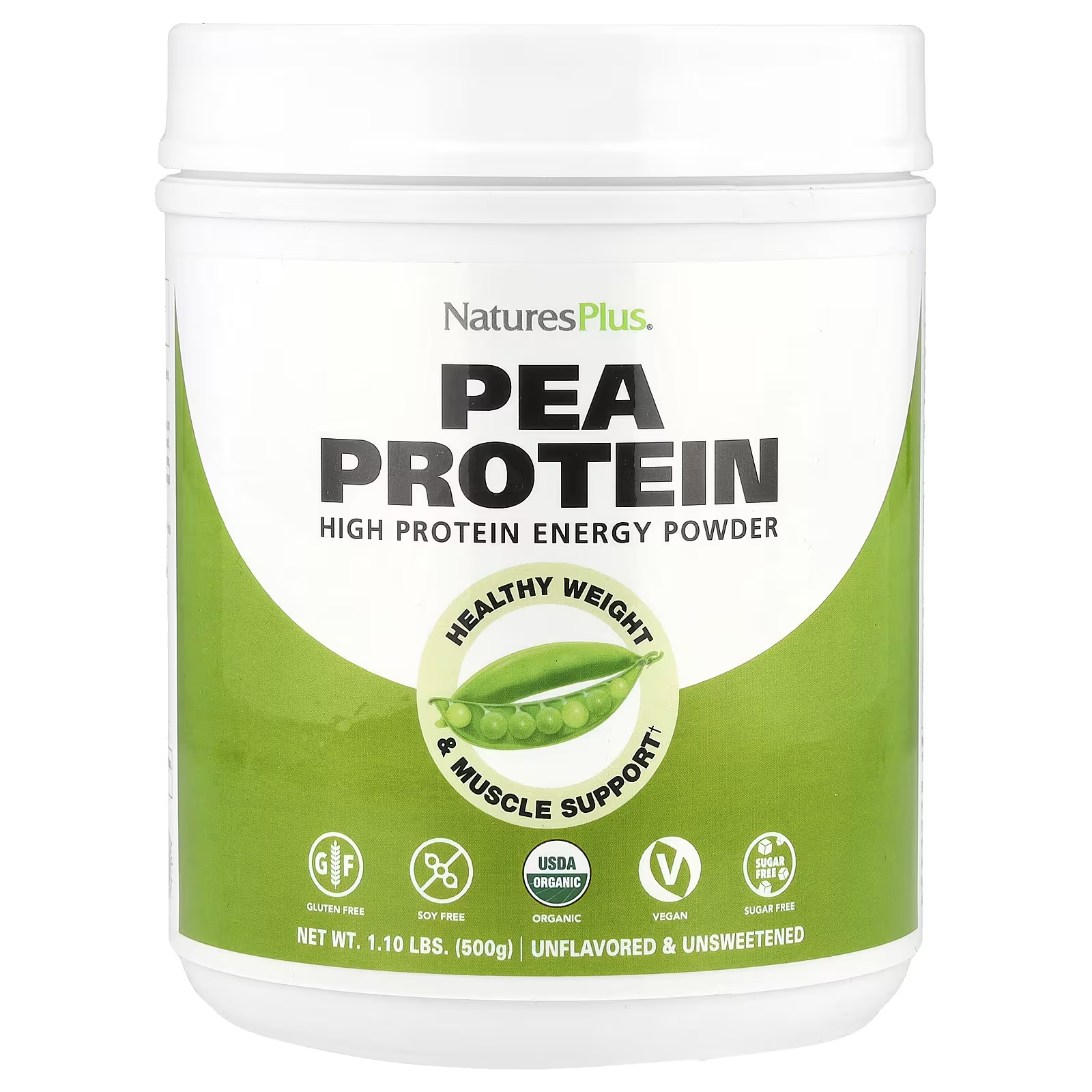
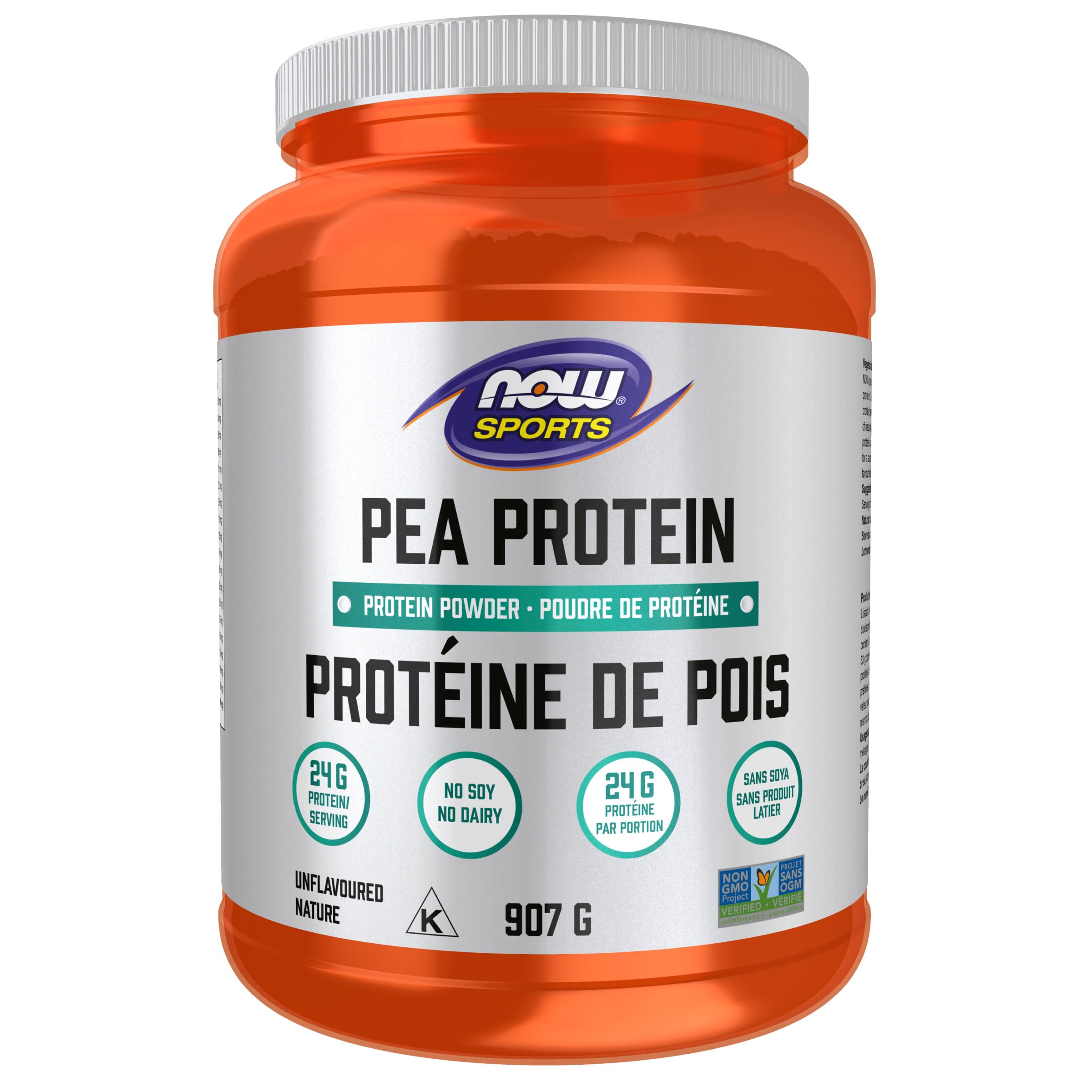


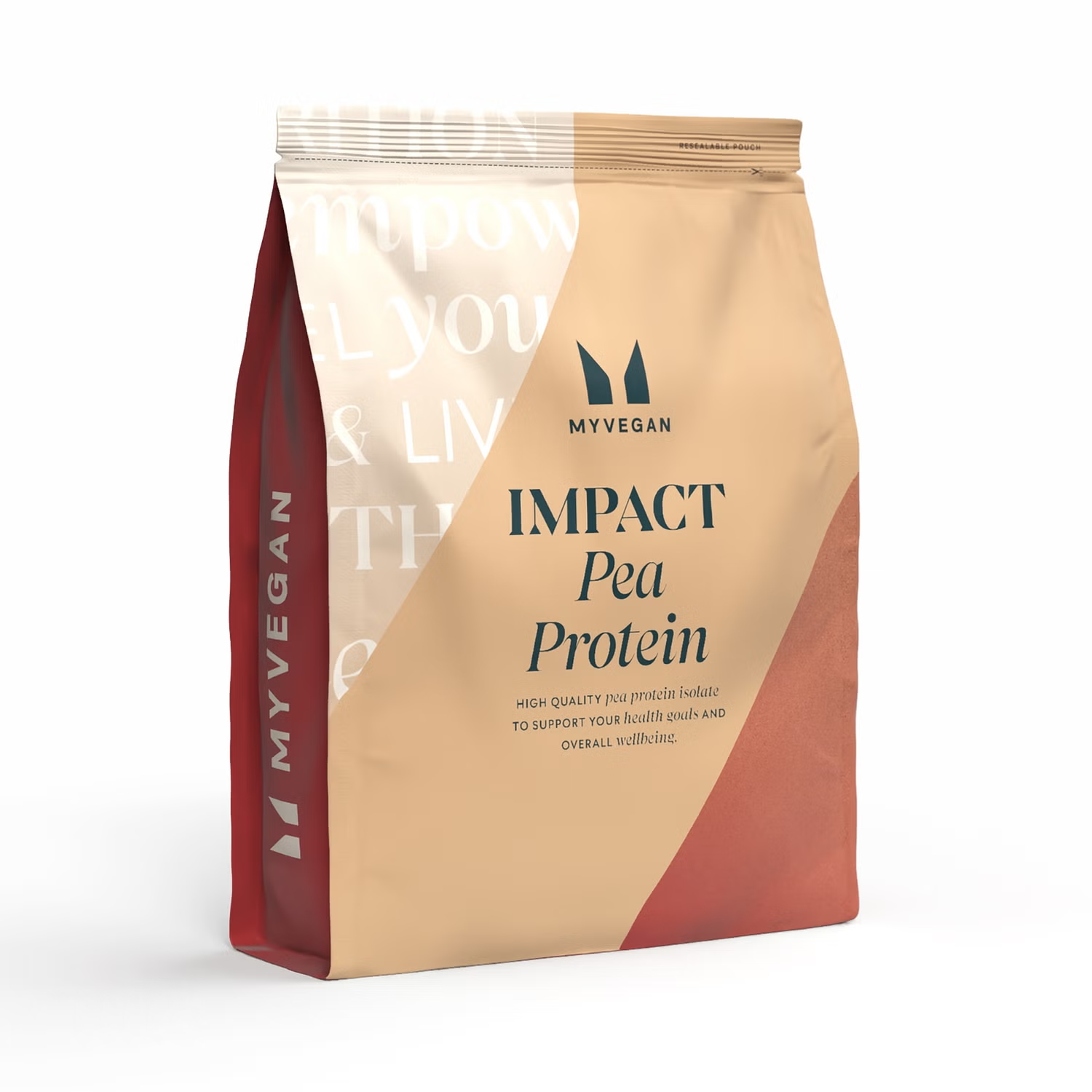
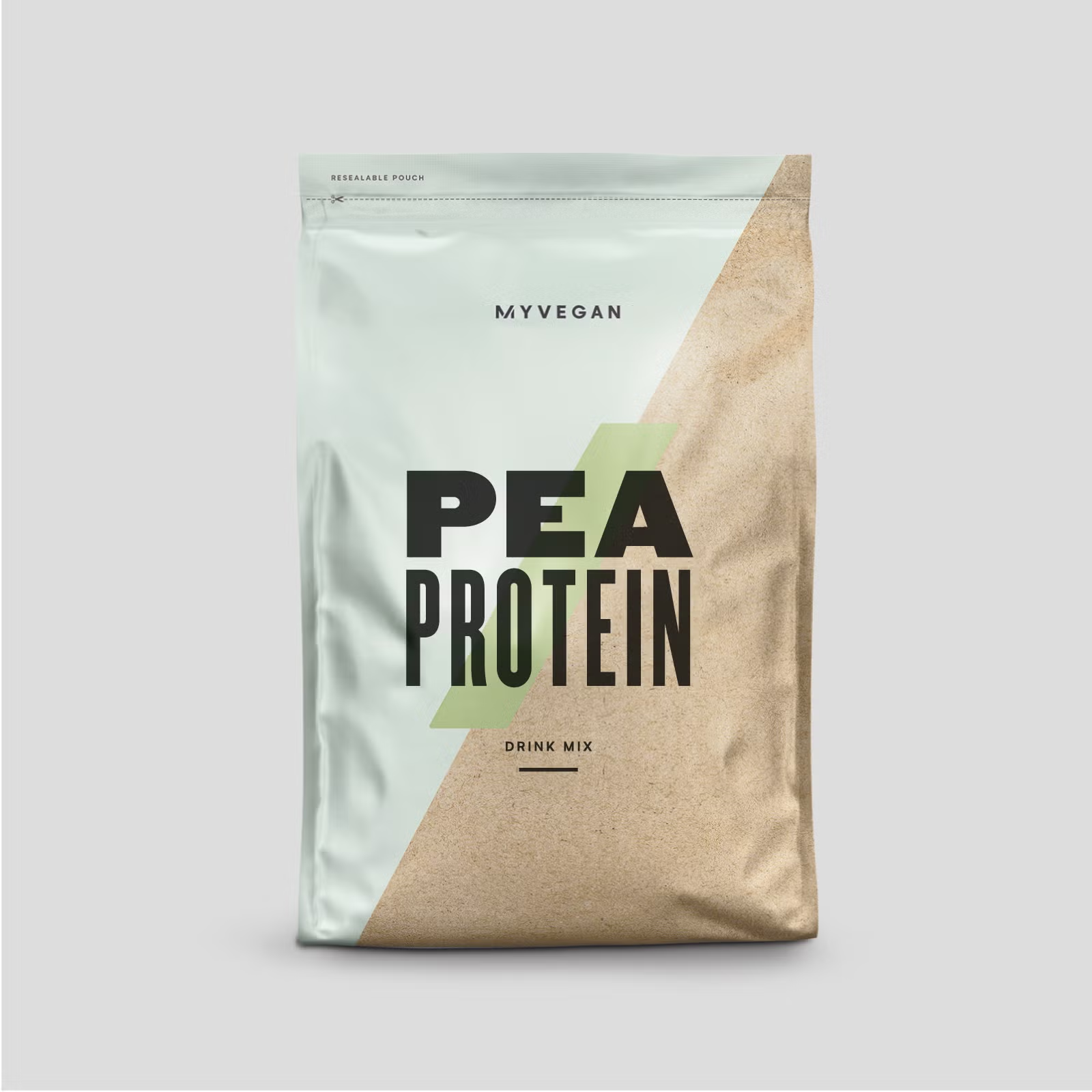
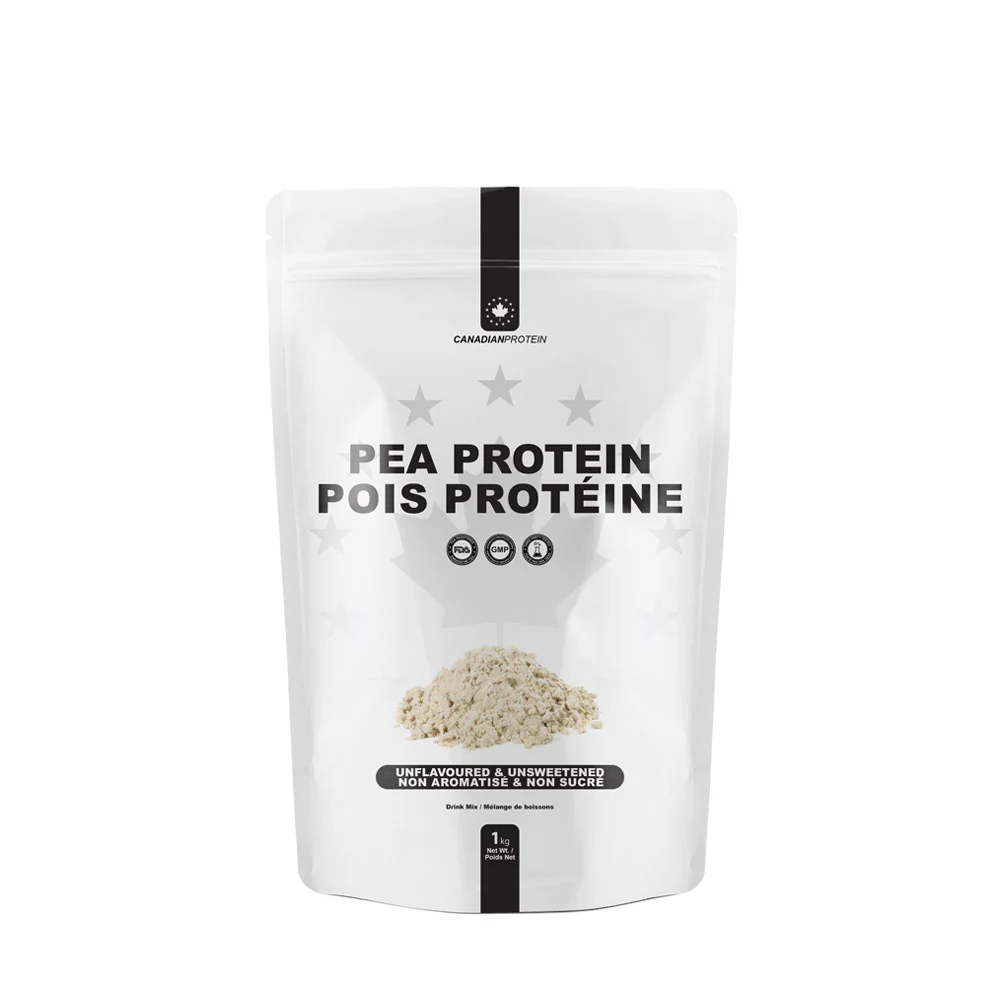
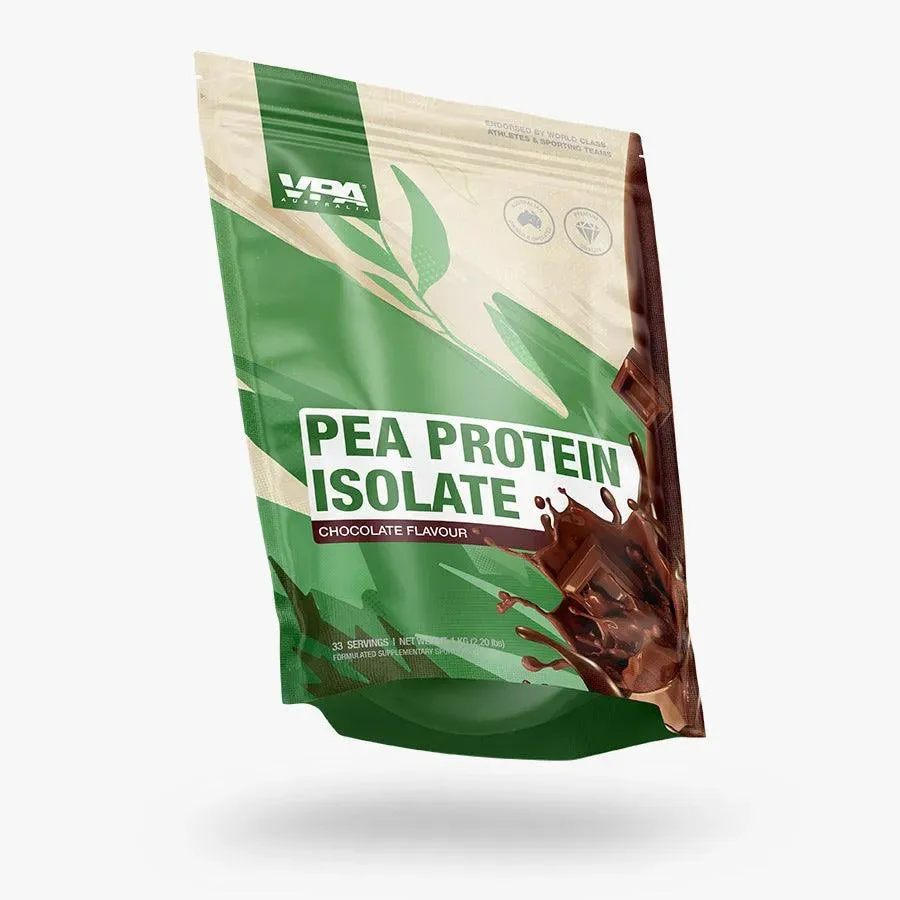



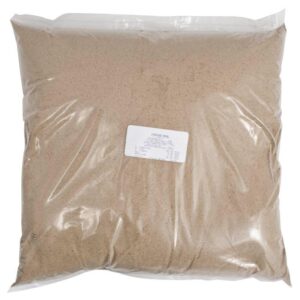



Reviews
There are no reviews yet.